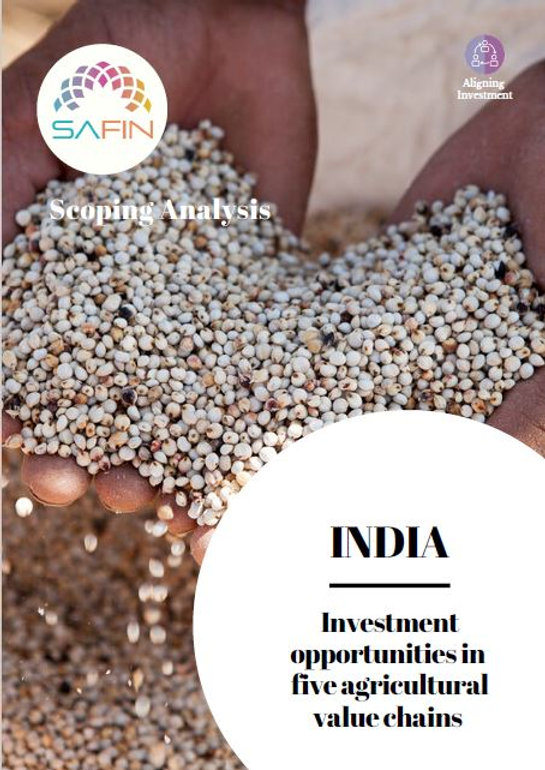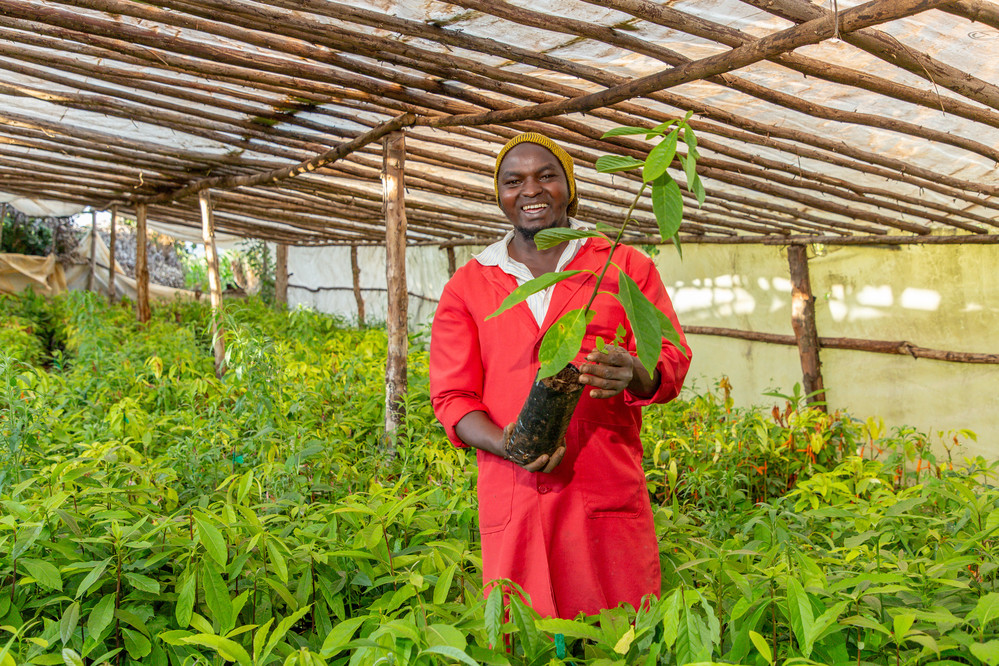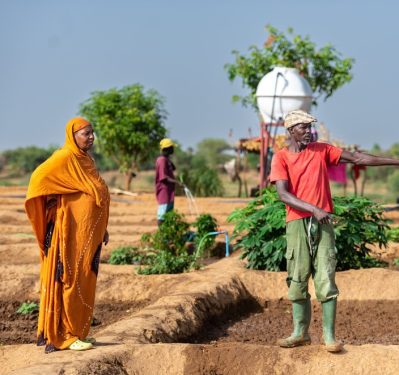Investment gaps and opportunities across five value chains in India- coarse cereals, oil-seeds, pulses, spices and non-timber forest produce- were centre stage at a consultation meeting held on 13 December 2019. The meeting took place in New Delhi alongside the Livelihoods Summit India, an annual knowledge-sharing event hosted by ACCESS Development Services- SAFIN country anchor for the investment prospectus pilot in India.

The ongoing pilot in India is the first iteration of the new Scoping Analysis report, which is part of a new two-phased approach adopted for the Alignment of Investment workstream. This approach resulted from consultation within the network at the SAFIN Annual Plenary Meeting 2019, integrating lessons learnt from pilots initiated in 2018.
Phase 1 consists of an initial scoping exercise to identify investment opportunities in and around a number of value chains in a given country or region. Phase 2 involves a deeper dive into one or more of these opportunities in a selected value chain, assessing financing gaps and recommending financial solutions in an investment prospectus.
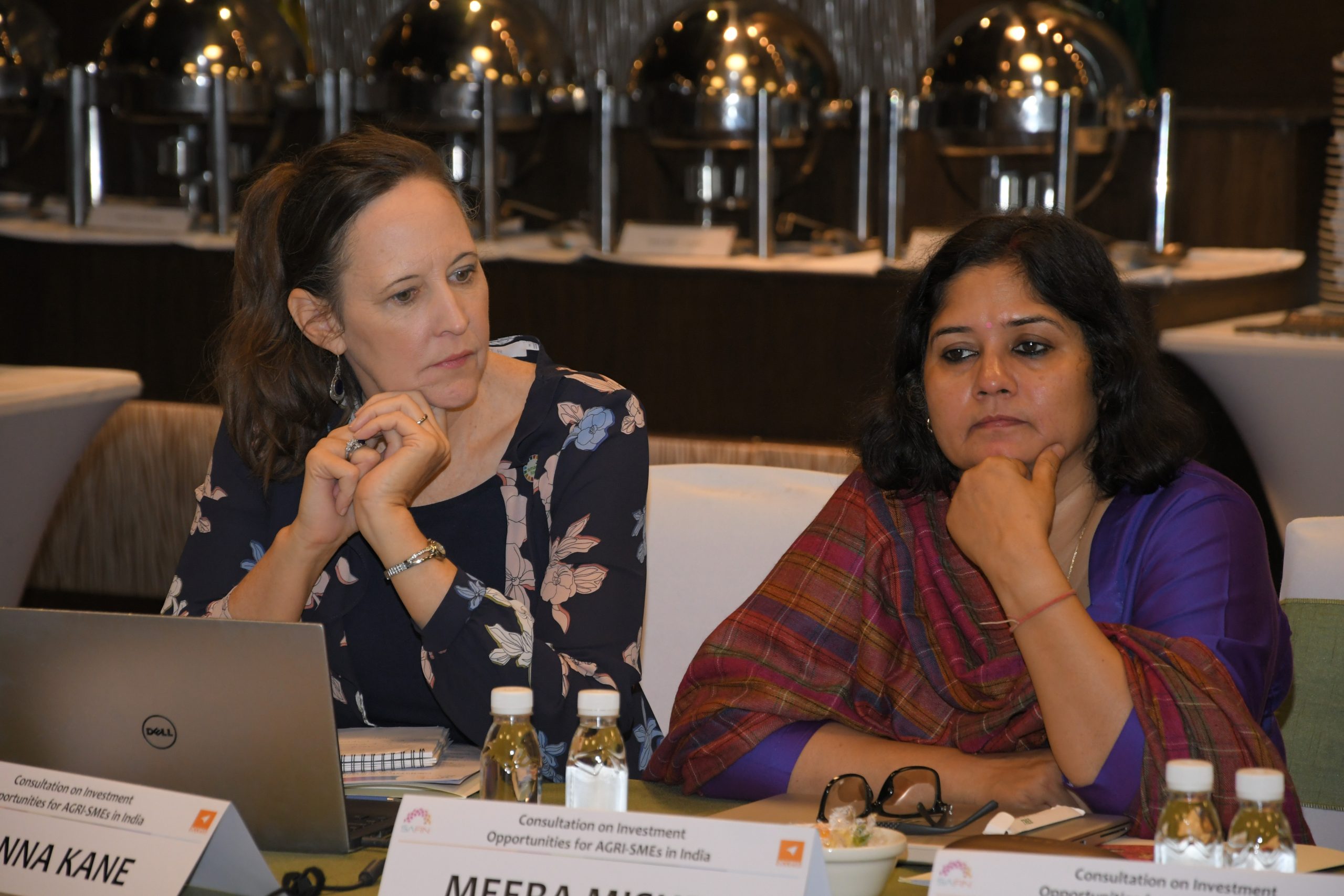
The meeting in New Delhi, attended by representatives from the private, public and development sectors, was held to validate the findings of the Scoping Analysis performed across five value chains and to make recommendations regarding which opportunities to consider for an investment prospectus in Phase 2. Participants identified key selection criteria adapted to the scale of the Indian market and agreed to move forward with the millets value chain in the states of Rajasthan and Madhya Pradesh. Specific targets for investment include Farmer Producer Organizations and cooperatives, aiming to support production and processing activities.
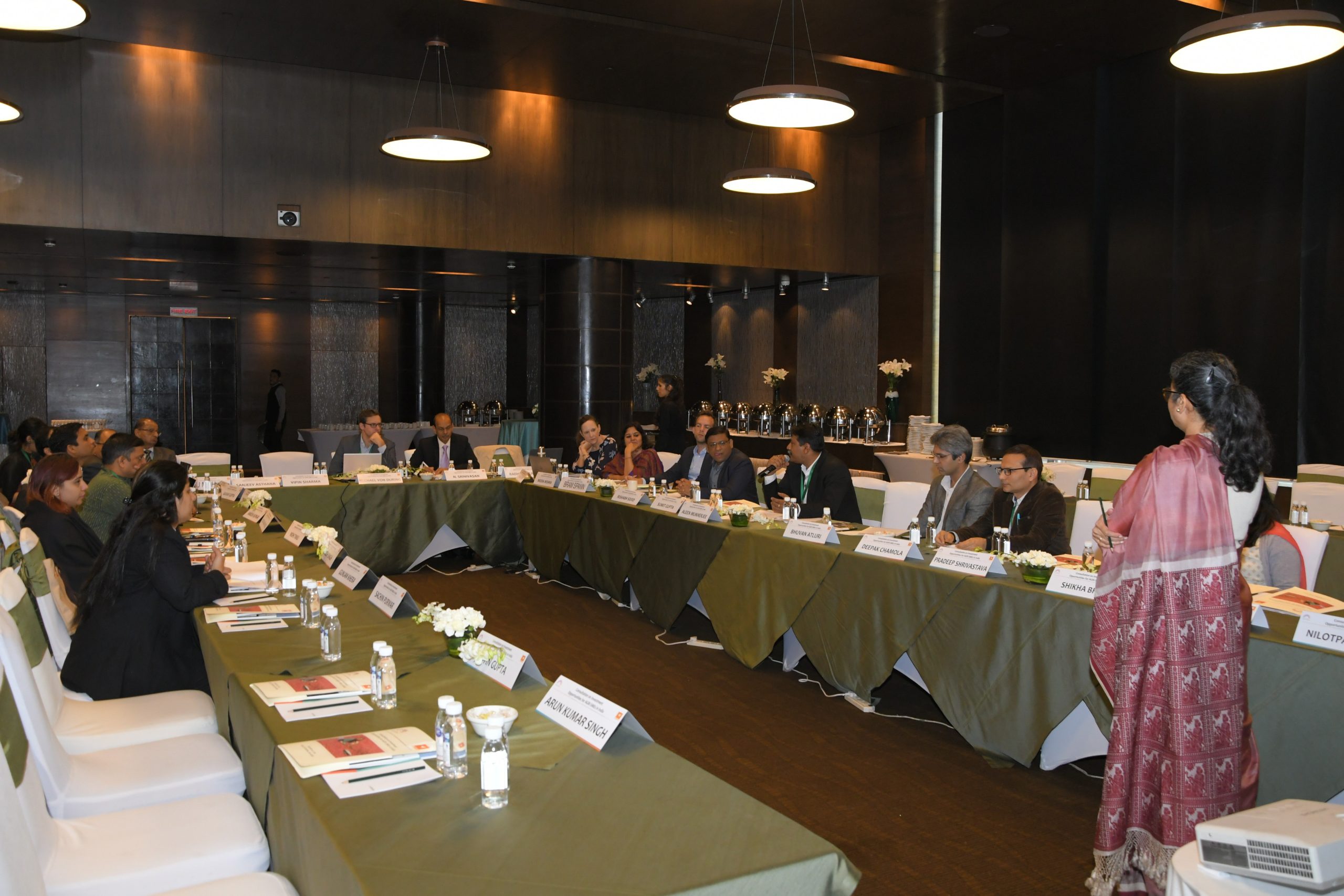
Participants at the consultation meeting in New Delhi, India
Millets are valued as indigenous, highly nutritious and climate-resilient crops with strong market potential locally and internationally. As the Government of India gears up for the International Year of Millets in 2023, investments to increase the productive capacity of agri-SMEs in this value chain are crucial.
